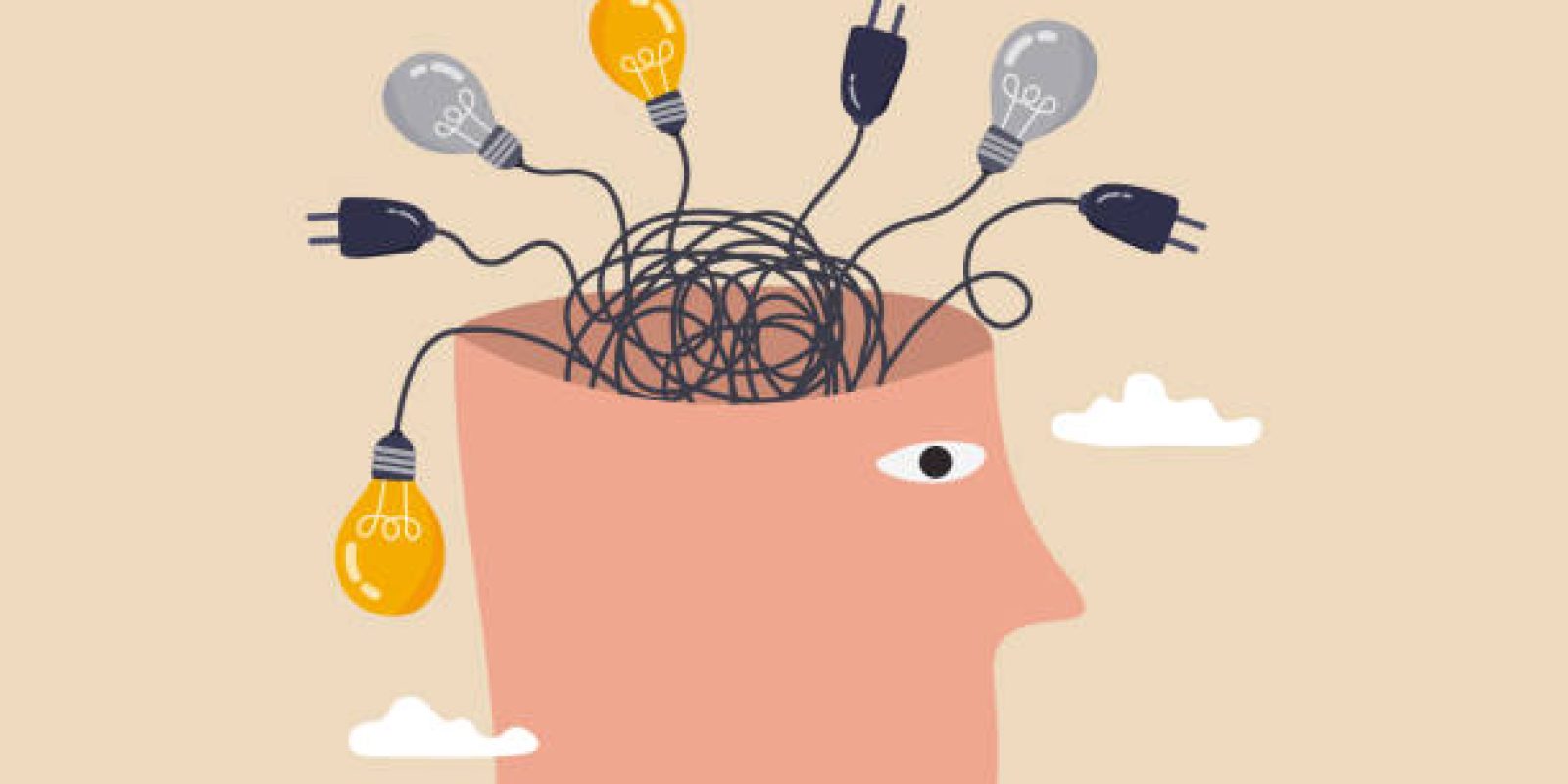Decision Fatigue in CEOs: The Hidden Productivity Drain
In today’s high-stakes business world, CEOs are expected to make hundreds of decisions every single day, from strategic company moves to minute operational details. But what many don’t realize is that this constant demand for choices comes with a hidden cost: decision fatigue. As mental energy decreases, even the most capable leaders can experience slower thinking, reduced creativity, and poorer judgment. For CEOs, this silent drain on productivity doesn’t just affect personal performance, it can actually affect the entire organization. In today’s article, we’ll explain what decision fatigue is, why it’s especially prevalent in top executives, and how it subtly undermines leadership effectiveness and business outcomes.

The Science Behind Mental Exhaustion and Decision-Making
Decision-making relies heavily on our brain’s limited supply of mental energy. Each choice, no matter how small, consumes cognitive resources. Research in psychology shows that as these resources expend throughout the day, mental exhaustion sets in, leading to slower processing, impulsive choices, and reduced problem-solving abilities. For CEOs, who make hundreds of decisions daily, this phenomenon is amplified. The prefrontal cortex, responsible for critical thinking and judgment, becomes overworked, which then causes a measurable decline in decision quality. Studies have shown that when mental energy is drained, executives are more likely to delay important choices, rely on shortcuts, or avoid risks altogether. In high-pressure environments, this can result in missed opportunities and costly errors. Understanding the science behind decision fatigue is the first step toward managing it effectively and maintaining sharp, consistent leadership.
Warning Signs of Decision Fatigue Every Executive Should Recognize
Decision fatigue often creeps in unnoticed, but there are clear warning signs executives should watch for. One common indicator is procrastination, or delaying important choices because the mental effort feels too much. Another is impulsivity, where decisions are made too quickly just to “get them over with,” which obviously leads to poor outcomes. CEOs may also experience mental fog, struggling to focus, analyze data, or think strategically. Increased irritability and frustration are also red flags, as decreased mental energy can affect emotional regulation. Over time, these symptoms may lead to inconsistent leadership and declining productivity. Recognizing these warning signs early is important for preventing burnout and also maintaining high-level decision-making. By becoming aware of these subtle shifts in behavior and energy, executives can take steps to manage their workload and protect their cognitive resources before decision fatigue derails their performance.
Proven Strategies to Reduce Decision Fatigue for Business Leaders
Reducing decision fatigue starts with streamlining choices and preserving mental energy for what is truly important. One effective strategy is prioritization, focus on high-impact decisions first and delegate smaller tasks to trusted team members. Creating routines can also help to minimize trivial choices, like adopting a consistent morning schedule or simplifying wardrobe selections, a technique used by many successful CEOs. Another proven approach is stacking decisions, grouping similar tasks together in order to avoid constant mental switching. Trying out breaks and mindfulness practices throughout the day can restore cognitive resources and improve focus. Also, leveraging data-driven frameworks and checklists reduces uncertainty, making choices faster and more consistent. Finally, setting clear boundaries and limiting the number of decisions you make daily can preserve mental stamina. By applying these strategies, business leaders can maintain sharp thinking, make better choices, and improve their overall productivity without burning out.
Conclusion
Decision fatigue is an invisible yet powerful drain on a CEO’s productivity and leadership. By recognizing its signs and adopting strategies to manage mental energy, executives can make sharper decisions, maintain focus, and lead more effectively. Protecting cognitive resources isn’t optional, it’s actually essential for sustainable success.




